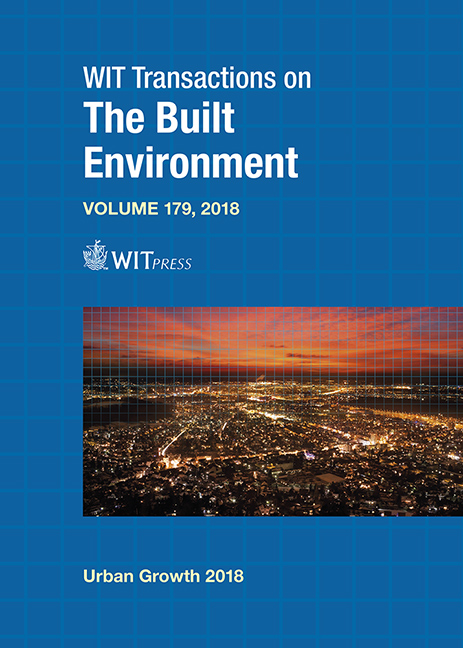NON-POLYMERIC CHEMICALS OR ADDITIVES ASSOCIATED WITH MICROPLASTIC PARTICULATE FRACTION IN A TREATED URBAN EFFLUENT
Price
Free (open access)
Transaction
Volume
179
Pages
12
Page Range
303 - 314
Published
2018
Size
336 kb
Paper DOI
10.2495/UG180281
Copyright
WIT Press
Author(s)
JAVIER BAYO, SONIA OLMOS, JOAQUÍN LÓPEZ-CASTELLANOS
Abstract
The presence of microplastics in freshwater environments is of emerging concern, because they have been ubiquitously detected. Different adverse effects have been described in ingesting organisms: physical damage due to the plastic particles themselves, leaching of constituent monomers, the potential transport of organic and inorganic pollutants, and leaching of additives used in the manufacturing and polymerization of plastic products. In this last case, especially when additives are not chemically bound to the polymer structure, may be leached out into the aquatic environment. This paper deals with the role of wastewater treatment plants as sources of additives associated to particulate forms. A 9.0% of particulate fraction was a source of plastic additives, such as antioxidants, lubricants, corrosion inhibitors, plasticizers, adhesives, heat stabilizers or flame retardants, among others. The main plastic additives found in the wastewater samples were Zn/Ca PVC stabilizer, Methyl Tin Mercaptide (MTM), Ethoxylated Tallow Alkyl Amine (ETAA), Methyl Alkyl Imidazoline Sodium Salts (MAISS), Butyl Ricinoleate (BR), Di-o-benzamido diphenyl disulfide (DBD), RTV-730 and Molybdenum-Zinc Oxygen Complex (MZO Complex). There was a statistically significant removal of all of them after the wastewater treatment process, accounting for a 91.14%, although some of them proved to disappear in the biological reactor or even in the primary clarifier.
Keywords
additives, microplastics, heat stabilizers, surfactants, plasticizers, corrosion inhibitors





